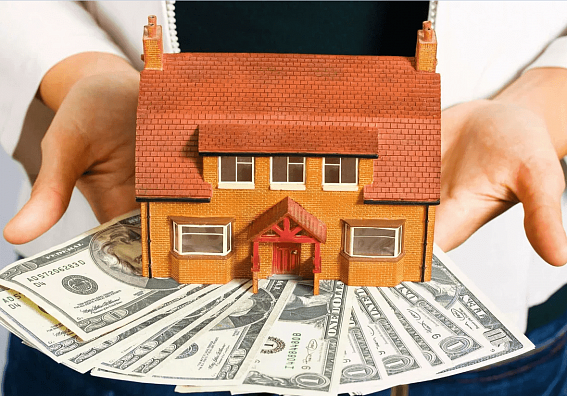Identifying undervalued properties is essential for real estate investors seeking to maximize returns. Here are effective strategies to spot undervalued properties:

1. Comparative Market Analysis (CMA)
- How it works: Compare the target property with recent sales of similar properties in the area (comps).
- What to look for: If the asking price is significantly lower than comparable properties, it could be undervalued.
- Tip: Pay attention to location, size, condition, and amenities when comparing.
2. Identify Motivated Sellers
- Signs of motivated sellers:
- Properties listed for a long time without offers.
- Sellers facing financial difficulties, divorce, relocation, or foreclosure.
- Properties sold below market value to avoid taxes or legal fees.
- How to find them: Look for "For Sale by Owner" (FSBO) listings, expired listings, or foreclosure notices.
3. Look for Cosmetic Fixer-Uppers
- What it is: Properties with minor, affordable defects (e.g., outdated décor, paint issues) that appear worse than they are.
- Opportunity: Buyers may overlook these properties, but with light renovations, their value can increase.
- Tip: Avoid structural issues; focus on properties needing only cosmetic improvements.
4. Monitor Foreclosures and Auctions
- How to find: Search bank-owned (REO) listings, public auctions, and foreclosure notices.
- Why it works: Banks often sell foreclosed properties below market value to recover losses quickly.
- Tip: Be cautious of properties sold "as-is," and conduct due diligence on hidden issues.
5. Target Areas with Growth Potential
- Identify emerging neighborhoods: Look for areas undergoing infrastructure development or revitalization.
- Indicators: New transportation hubs, schools, shopping centers, or large employers moving into the area.
- Opportunity: Buying early in these areas can lead to appreciation as demand increases.
6. Outdated or Poorly Marketed Listings
- What to look for: Properties with bad photos, incomplete descriptions, or limited online exposure.
- Opportunity: Some buyers ignore these listings, creating less competition.
- Tip: Contact the agent or owner to arrange a visit and explore potential bargains.
7. Analyze Property Value vs. Rental Income (Cap Rate)
- How it works: Calculate the property’s capitalization rate (cap rate) by dividing annual rental income by the property’s price.
- Cap Rate = Net Operating Income (NOI) / Property Value
- Opportunity: A property with a higher-than-average cap rate may be undervalued.
- Tip: Compare the cap rate with similar properties in the area.
8. Work with Local Real Estate Agents
- Why it helps: Agents have insider knowledge of undervalued properties and off-market deals.
- Tip: Build relationships with agents who specialize in the area or property type you’re interested in.
9. Use Automated Valuation Models (AVMs)
- What they are: Tools like Zillow’s “Zestimate” or Redfin’s value estimate provide property price predictions.
- How to use: Compare AVM estimates with listing prices to identify underpriced properties.
- Caution: AVMs are not perfect—always verify estimates with local market research.
10. Look for Landlords Selling Rental Properties
- Opportunity: Long-term landlords might sell properties below market value to cash out or retire.
- Tip: Search for properties listed with tenants in place or older listings labeled "investment properties."
Conclusion
Finding undervalued properties requires a combination of research, patience, and strategic networking. Use tools like CMAs, look for motivated sellers, and target areas with growth potential. With thorough due diligence, these opportunities can result in significant returns on your real estate investment.
